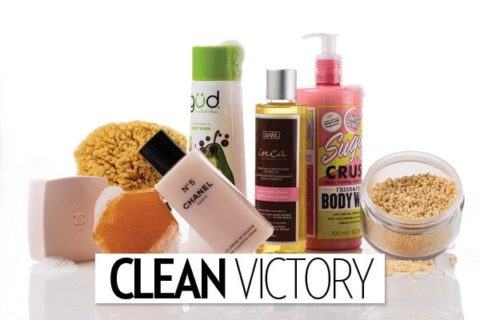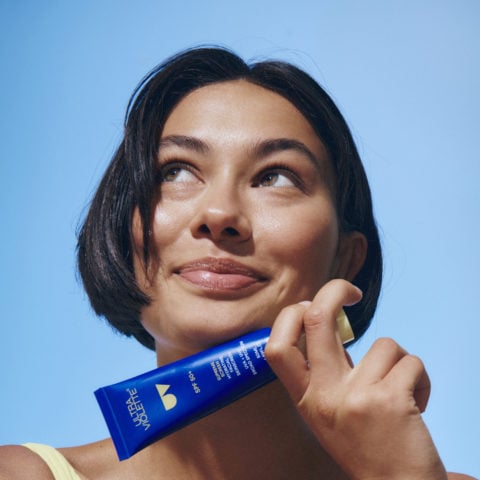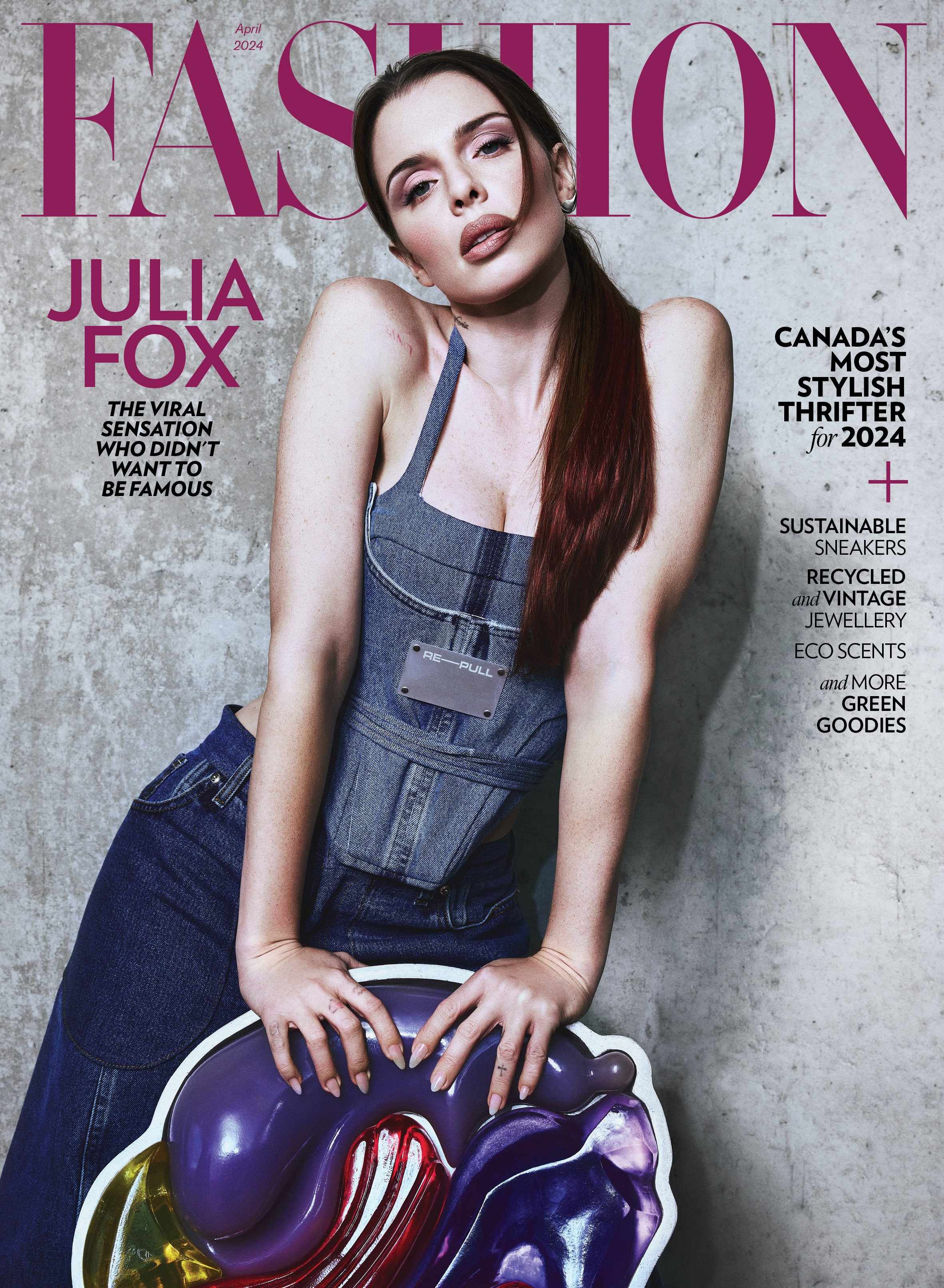Bar soap vs. shower gel: A brief look at the history of how we bathe


When you think of luxury items, certain things come to mind: cars, jewellery, handbags…soap? This holiday, you could give the gift of Clé de Peau Synactif soap for a cool $100 or, if your budget is more modest, a $28 Chanel No 5-scented bar. These prices put bar soap squarely in the realm of objet—clearly not Dial territory. But it brings up the question: Who even uses bar soap anymore? Nearly 70 per cent of Canadians don’t, according to market research, and that number is growing. Body wash has become our cleanser of choice.
When and how did this humble workhorse fall so far out of favour? It’s certainly come a long way from its noxious past. Soap recipe, circa 1600s: Throw some animal fat, lye and ash into a big pot, boil, let it harden, carve off a chunk, and enjoy your quarterly bath. It wasn’t until the 1800s that it was sold at stores. “The soap manufacturers of that era were the first really lavish advertisers,” says Lori Loeb, a professor of history at the University of Toronto. “They marketed soap as a luxury product.”
The real shift in bathing was the notion that everybody should do it regularly. “By the 1840s, public health advocates were saying that people should have a bath at least once a week,” Loeb says. “The idea that we should bathe every day, and especially the idea that we should take a shower, is a product of the 1950s and 1960s and the affluence after World War II. Showering is very new.” Cut to 1992, when low-flow showerhead regulations were introduced in the U.S., which drastically lowered water usage and bills for most households.
Just as social workers and Christian missionaries had helped spread the bathing gospel as a way to prevent illness, shower gel’s ascension since the 1990s has been linked to our fear of viruses like influenza and SARS. “Medical evidence seemed to indicate that viruses and bacteria can linger on a bar of soap for up to four days,” Loeb says.
It didn’t take long for the perception that shower gel was a “cleaner” alternative to catch on. Today, above all, people look for a liquid hand soap that is “antibacterial,” although the concept that antibacterial soap is better for our health has recently come into question. (Fun fact: the late Robert R. Taylor, inventor of the first liquid soap in a pump—Softsoap, which came to market in the 1970s—also created Calvin Klein’s Obsession.)
There are less practical reasons why liquid soaps and shower gels are trouncing their solid brethren. Plenty of traditional, clean-smelling body washes are still out there (sporty, fresh, soap-like), but now they’re sharing shelf space with shower gel scented by the world’s top fragrance houses. For its Güd line of shower gels, Burt’s Bees tapped perfumer Onno Stofberg of Givaudan, the company that has crafted scents for Prada, Giorgio Armani and Marc Jacobs. “Historically, the use of fine fragrance is where people interacted with fragrance in a very significant way, to make a statement, to make an impression on other people,” Stofberg says. “At the body wash level, the scent is more about yourself. It’s more about moods and emotions—probably at the expense of using fine fragrance for that purpose.”
For Güd, Stofberg created scents that could easily stand on their own as eaux de toilette, or body sprays at least. Structured like traditional perfumes, with top, middle and base notes, they include a fruity floral, a citrusy musk and a gourmand vanilla. “[Scent] can be fun and functional,” Stofberg says. “And it’s all executed at a very high level of sophistication.”
Over at The Body Shop, the newest bath and shower line features one of the trendiest notes of late: honey. “We created a scent that is reminiscent of honey, but also of flowers in the rainforest that bees use to make the honey,” says Laura Cummins, vice-president of brand and values at The Body Shop Canada. “We didn’t want it to smell fully like honey.” The Honeymania line includes a bar of soap, which makes sense, given that The Body Shop has always been a destination for it: What high-schooler of the early ’90s didn’t make a regular trip to pick up her fruity glycerin bar of choice? (Satsuma is the reigning scent in Canada.) “Around the world, bar soap is still more popular in developing economies where disposable income is lower,” says Cummins. “As people start to get more disposable income, they’re spending it on shower gels.”
To further the idea that shower gels provide a more luxurious cleansing experience, brands are incorporating ingredients and promises traditionally found in skincare into body washes. J.R. Watkins’s Anti-Aging Body Wash is souped up with antioxidant grape seed and blackberry seed oils and vitamins A, C and E. Soap & Glory’s Sugar Crush Body Wash contains kiwi extract, which has antioxidant properties and is packed with vitamin C, a crucial ingredient in collagen production.
Many brands continue to make bathing-specific products like oils, salts and pearls, even though they represent a fraction of the market—only 8 per cent in 2011. A standout from the Honeymania range is the creamy, lotion-like Bubble Bath Melt, while Michael Kors has launched fragranced Shimmer Bath Beads, which infuse bath water with a golden sheen once they dissolve.
Despite those bubbly bells and whistles, and the fact that soap packaging creates far less waste than shower gel’s plastic bottles and pumps, neither bar soap nor bathing itself seems poised for a comeback. For one thing, unlike body wash, with its exfoliating beads and ribbons of body lotion, there has been very little innovation in bar soap since its invention. “There are only so many ways to make something that does its job,” says Loeb. For another, people just aren’t using their tubs much anymore: In a 2012 study, nine out of 10 U.S. homeowners said they preferred showers to baths.
There is one thing a beautifully wrapped bar of soap excels at: sitting pretty in a delicate soap dish on the bathroom counter. It’s also great at befuddling houseguests with its pristine presence (“Wait, is this soap for using?”), so here’s a pro tip: Keep a liquid option nearby to allay any confusion.
Pictured above, from left: Chanel The Bath Soap ($28, at department stores); The Body Shop Honeymania Soap ($4, thebodyshop.com); Chanel The Cleansing Cream ($57, at department stores); Güd Body Wash ($8, at drugstores); Cake Beauty Inca
Shower Oil ($25, cakebeauty.com); Soap & Glory Sugar Crush Body Wash ($16, at Shoppers Drug Mart); Michael Kors Shimmer Bath Beads ($50, thebay.com)







